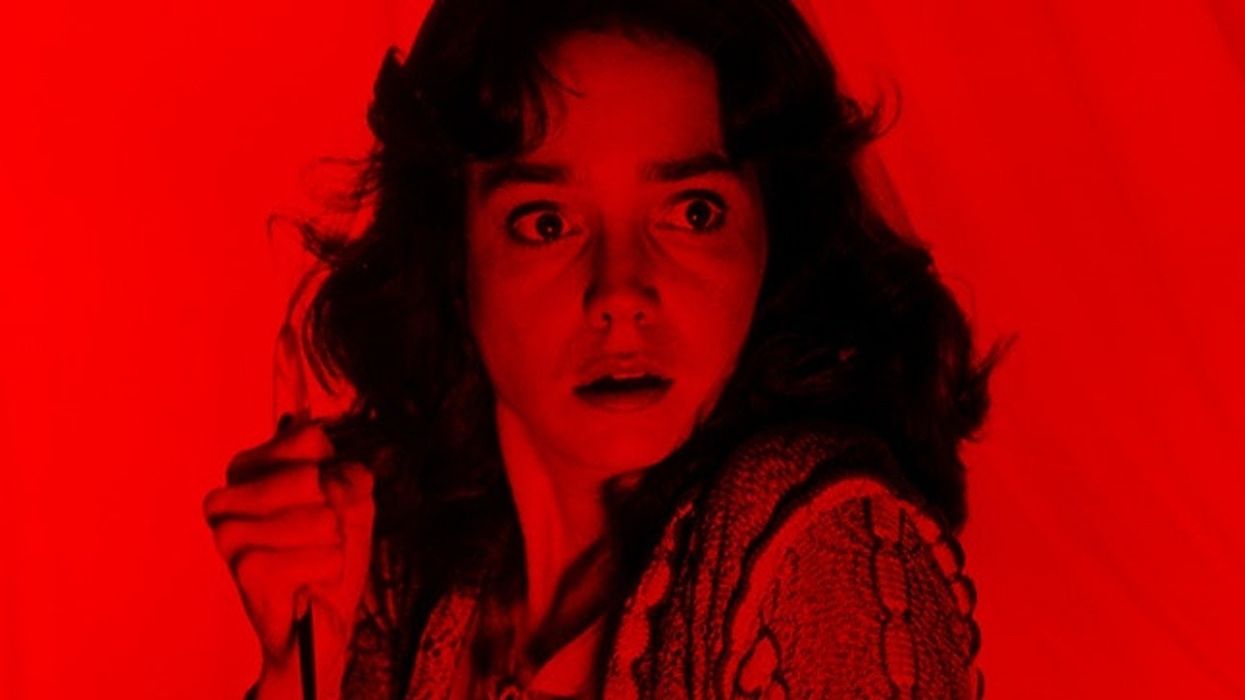With the release of Luca Guadanigno's remake last month, Suspiria is back in the eyes of the public. For many, however, it never really left. Dario Argento's original film is a cult classic that, much like the titular mother from which it borrows its name, is destined to live forever.
There are not too many similarities between the two films. One is bright and hyper-stylized with a fairly simple plot, while the other is muted and densely layered. They both share one crucial theme, however—the lore of the three mothers. And with a famously tight-lipped Argento behind the source material, the question remains where did all this witchcraft come from?
In his essay Dario Argento and the Three Mothers, Something Ghoulish provides us with a brief history lesson which helps us get down to it.
Fresh off the success of Deep Red, Argento took some time to travel through Europe and, in the process, became fixated on a piece of lore called "The Magic Triangle", a place where France, Germany, and Switzerland meet. This led him to research the works of Rudolph Steiner, a man who invented a branch of philosophy called Anthroposophy in an attempt to explain the world through spiritual science (and how people can access the spiritual world around them).
He also became aware of the works of Thomas de Quincey, a poet who wrote a collection of psychological fantasies called Suspiria de Profundis. These writings would inspire one of the director's greatest career arcs, a focus on "The Three Mothers." There are not only three fates and three graces, but also three mothers: Mater Suspiriorum (The Mother of Sighs), Mater Tenebrarum (The Mother of Darkness), and Mater Lachrymarum (The Mother of Tears).
The story of the Three Mothers dates back to the 11th century from the Black Sea, where the three sisters were said to have created the art of witchcraft. In the years that followed, they wandered the world and amassed great personal wealth and power, leaving only death in their wake.
Ultimately the legend of the three mothers became the inspiration for three of Argento's films, Suspiria, Inferno, and Mother of Tears. The emotional nature of the mothers mythology itself contributed greatly to the tone of this trilogy of films. As the mothers were thought to be the physical manifestations of sorrow, Argento's films were emotionally driven and, as a result, the narrative often took a back seat.
Source: Something Ghoulish












